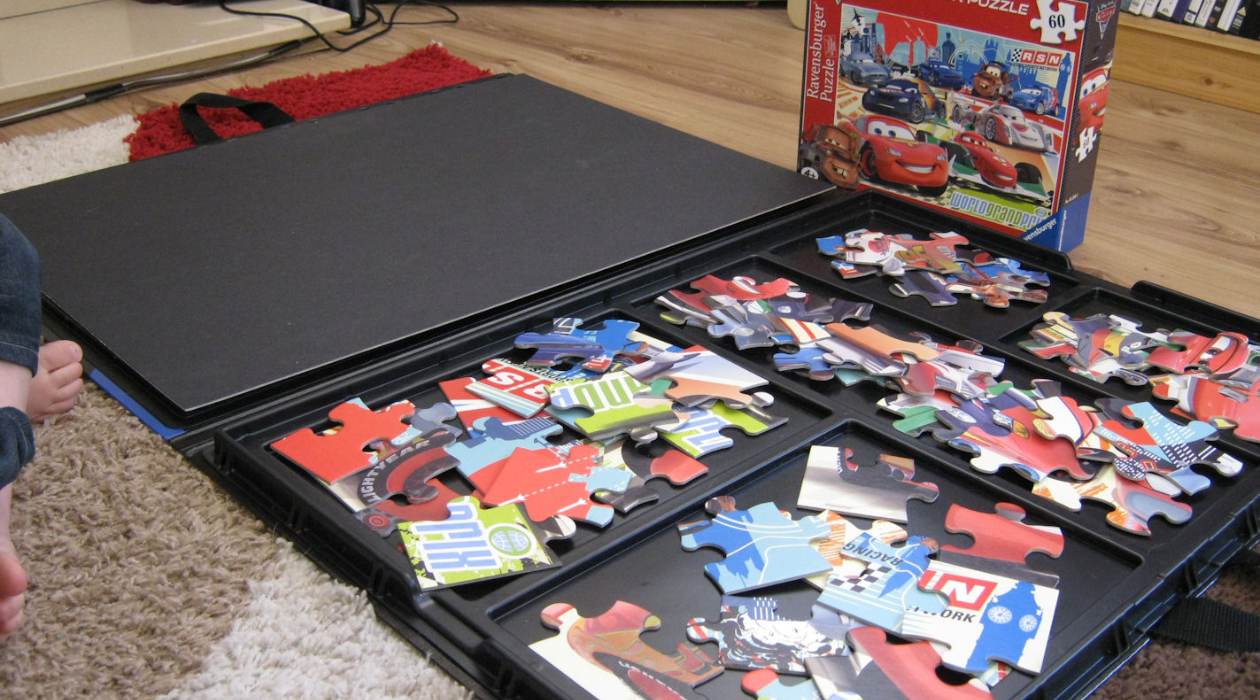

Articles
How To Store Puzzle
Modified: March 2, 2024
Learn the best methods and tips for storing puzzle articles to keep them organized and protected. Whether it's jigsaw puzzles or brain teasers, we've got you covered!
(Many of the links in this article redirect to a specific reviewed product. Your purchase of these products through affiliate links helps to generate commission for Storables.com, at no extra cost. Learn more)
Introduction
Putting together a puzzle can be a fun and challenging activity, but once you’ve completed it, the question arises: how do you store it? Proper puzzle storage is essential to protect your hard work and keep the puzzle intact for future enjoyment. In this article, we will explore various methods and tips for storing your puzzles effectively.
When it comes to puzzle storage, there are a few key considerations to keep in mind. First, you need to plan ahead and think about the space available in your home. This will help determine the type of storage container or system that will work best for you. Second, you want to ensure that the puzzle pieces are properly sorted and organized before storing them. This will make it easier to find and complete the puzzle in the future. Lastly, you want to explore different storage options, such as storing the puzzle vertically or horizontally, and even using puzzle storage accessories.
In the following sections, we will delve deeper into each aspect of puzzle storage, providing insightful tips and guidance along the way.
Key Takeaways:
- Proper puzzle storage is crucial for preserving completed puzzles. Plan ahead, choose the right storage container, and maintain the storage area to ensure puzzles remain in excellent condition for future enjoyment.
- Sorting and organizing puzzle pieces before storage makes future assembly easier. Assemble and seal puzzles carefully, and consider using puzzle storage accessories to keep puzzles organized and protected.
Read more: How To Store Toddler Puzzles
Planning for Puzzle Storage
Before diving into puzzle storage, it’s important to take some time and plan ahead. Assess the available space in your home and determine where you want to store the puzzles. Consider factors such as temperature, humidity, and accessibility. A cool and dry area away from direct sunlight is ideal for preserving the puzzle’s quality.
Once you have identified the storage space, measure it to have a clear idea of the maximum puzzle size that can fit. This will help you choose the right storage container or system.
Additionally, think about the number of puzzles you have and plan accordingly. If you have a large collection, you may need multiple storage solutions or a dedicated puzzle storage area.
Another important consideration is the durability of the storage containers. Look for containers that are sturdy and can protect the puzzle from damage, such as dust, moisture, and accidental bumps. Plastic containers or puzzle storage cases with latching lids are popular choices as they offer excellent protection.
Lastly, keep in mind the convenience factor. Consider how easily you can access and retrieve puzzles from the storage area. Stacking containers or using shelves can help optimize space and provide easy access to your puzzle collection.
By carefully planning for puzzle storage, you can ensure that your puzzles are protected, easily accessible, and preserved in top condition for years to come.
Choosing the Right Storage Container
When it comes to puzzle storage, choosing the right container is crucial for keeping your puzzles safe and organized. Here are a few options to consider:
1. Puzzle Storage Cases: These cases are specifically designed for puzzle storage. They come in various sizes and can hold multiple puzzles at once. Look for cases with compartments or trays to keep the puzzle pieces separated and prevent them from mixing together.
2. Plastic Boxes or Tubs: If you prefer a more customizable solution, plastic boxes or tubs with lids can work well. Look for sturdy containers that are large enough to fit your puzzles and have a secure lid to keep out dust and moisture.
3. Ziplock Bags: If you have limited space or need a more portable option, consider using ziplock bags. Sort the puzzle pieces by section or color and place them in separate bags. Then, store the bags in a larger container or box to keep them organized.
4. Puzzle Roll-Up Mats: Puzzle roll-up mats are a convenient option for those who want to save space and easily transport their puzzles. These mats allow you to roll up the puzzle with the pieces still attached, securing them with elastic bands. They are particularly useful for larger puzzles.
5. Puzzle Storage Boards: Another space-saving option is puzzle storage boards. These specially designed boards come with a felt surface where you can assemble your puzzle. When you’re done, simply slide the board into a storage bag or box to keep the puzzle intact.
When choosing a storage container, make sure to consider the size and number of puzzles you have, as well as the available storage space in your home. Opt for containers that provide adequate protection against dust, moisture, and damage. Additionally, think about your own preferences and needs, such as portability and accessibility.
By selecting the right storage container for your puzzles, you can ensure that they are kept safe, organized, and ready to be enjoyed whenever you’re in the mood for some puzzling fun.
Sorting and Organizing the Puzzle Pieces
Before storing your puzzles, it’s important to sort and organize the puzzle pieces to make future assembly easier. Here are some tips to help you with this process:
1. Start with the Edges: Begin by separating the edge pieces from the rest. These pieces have straight edges and will form the outline of the puzzle. Sorting them first will make it easier to assemble the puzzle later on.
2. Sort by Color or Pattern: Once you have the edge pieces sorted, it’s time to tackle the remaining puzzle pieces. Consider sorting them by color or pattern. This will help you identify groups of pieces that belong to the same section of the puzzle.
3. Use Trays or Containers: To keep the sorted pieces organized, use trays or containers with compartments. You can use small bowls, ice cube trays, or specialized puzzle sorting trays. Label each tray or compartment to indicate the color or section it represents.
4. Utilize Puzzle Sorting Accessories: There are various puzzle sorting accessories available that can aid in the sorting and organizing process. Puzzle sorter mats, for example, have different colored sections that allow you to separate and sort the pieces easily.
5. Photograph or Take Notes: If you’re working on a particularly challenging puzzle or need to dismantle it before completing it, consider taking a photograph or making written notes of the progress. This will help you remember the puzzle’s layout and ensure that you can return to it without any confusion.
By sorting and organizing the puzzle pieces before storage, you’ll have a structured system in place that makes it easier to resume and complete the puzzle in the future. Whether you choose to sort by edge pieces, color, or pattern, finding the right organization method for you will ultimately streamline your puzzle-solving experience.
Assembling and Sealing the Puzzle
Once you’ve sorted and organized the puzzle pieces, it’s time to assemble the puzzle. Here are some steps to follow to ensure a smooth assembly process:
1. Find a Suitable Surface: Choose a flat and solid surface to work on, such as a table or a puzzle board. Avoid using surfaces that are prone to vibrations or movements, as they can disrupt the puzzle assembly.
2. Start with the Edge Pieces: Begin by assembling the edge pieces to form the framework of the puzzle. Use the sorted edge pieces and connect them to create the outer border.
3. Focus on Sections or Colors: Once the edge is complete, focus on assembling smaller sections or clusters within the puzzle. Sort through the remaining pieces and look for matches based on color, pattern, or specific details.
4. Work from the Inside Out: As you progress, work from the inside out, filling in the gaps within each section. Pay attention to the shapes and patterns on the pieces to ensure they fit together correctly.
5. Use Puzzle Glue or Adhesive Sheets: Once the puzzle is complete, you may choose to seal it to preserve it for display or future use. Puzzle glue or adhesive sheets can be applied to the back of the puzzle to hold the pieces in place. Follow the instructions on the glue or adhesive product for the best results.
6. Allow Sufficient Drying Time: After applying the puzzle glue or adhesive, allow sufficient drying time. It’s important to follow the recommended drying time mentioned on the product packaging to ensure the puzzle is fully sealed and protected.
By following these steps, you can assemble your puzzle with ease and ensure that it is properly sealed for long-term storage or display. Assembling the puzzle in a systematic manner and using appropriate adhesive products will help keep the puzzle intact and ready to be stored or showcased.
Store puzzles in a flat, sturdy container to prevent pieces from getting lost or damaged. You can also use resealable bags to keep pieces organized within the container.
Read more: How To Store Puzzle Boxes
Storing the Puzzle Vertically
Storing puzzles vertically is a popular option for those who have limited space or want to showcase their puzzles as decorative pieces. Here are some steps to consider when storing your puzzle vertically:
1. Prepare a Sturdy Backing: Start by preparing a sturdy backing for the puzzle. This can be a foam board, cardboard, or a puzzle storage board. The backing should be slightly bigger than the puzzle itself to provide support and prevent any bending or warping of the puzzle.
2. Transfer the Puzzle: Carefully lift the completed puzzle and slide it onto the prepared backing. Make sure the puzzle is centered and aligned properly.
3. Secure the Puzzle: To secure the puzzle in its vertical position, you can use adhesive strips or puzzle preserver sheets. Apply these strips or sheets to both the top and bottom edges of the puzzle, sticking them to the backing board. This will keep the puzzle in place and prevent any shifting or movement.
4. Find the Right Display Frame: Once the puzzle is secured to the backing board, find a suitable display frame that fits the size of the puzzle. There are various types of frames available, such as shadow box frames, which allow you to showcase the puzzle while keeping it protected.
5. Hang the Puzzle Frame: Hang the puzzle frame on the wall using appropriate hanging hardware. Make sure the frame is securely attached and level.
Storing puzzles vertically not only saves space but also allows you to admire your completed puzzle as a piece of artwork. By securely transferring the puzzle to a backing board and placing it in a suitable frame, you can keep the puzzle intact while adding a decorative touch to your living space.
Storing the Puzzle Horizontally
Storing puzzles horizontally is a practical option that allows for easy stacking and efficient use of storage space. Here are some steps to consider when storing your puzzle horizontally:
1. Prepare a Puzzle Storage Mat: Start by preparing a puzzle storage mat or a large piece of felt or fabric. This will serve as a protective surface for the puzzle and prevent any scratches or damage.
2. Slide the Puzzle onto the Mat: Carefully slide the completed puzzle onto the prepared storage mat. Make sure the puzzle is centered and aligned properly.
3. Roll Up the Puzzle: Starting from one end, gently roll up the puzzle along with the storage mat. Be careful not to press down too hard to avoid damaging the puzzle pieces.
4. Secure the Rolled Puzzle: Once the puzzle is rolled up, you can use elastic bands or puzzle storage straps to secure it. Place the bands or straps around the rolled puzzle at regular intervals to keep it tightly held together.
5. Store the Rolled Puzzle: Find a suitable storage container or box that can accommodate the rolled puzzle. Make sure the container is wide enough to fit the rolled puzzle without bending or warping it.
6. Label the Container: To easily identify the puzzle later on, label the storage container with the name or image of the puzzle. This will help you quickly locate the puzzle when you want to retrieve and assemble it again.
Storing puzzles horizontally, when properly rolled and secured, helps prevent any damage to the puzzle and allows for efficient storage. By following these steps, you can keep your puzzles safe, organized, and ready to be enjoyed whenever you feel like unraveling their pieces again.
Using Puzzle Storage Accessories
Puzzle storage accessories can greatly aid in organizing and protecting your puzzle collection. Here are some popular puzzle storage accessories to consider:
1. Puzzle Sorting Trays: Puzzle sorting trays come in various sizes and are designed to keep puzzle pieces organized. These trays typically have multiple compartments where you can sort and separate puzzle pieces by color, shape, or section.
2. Puzzle Roll-Up Mats: Puzzle roll-up mats are a convenient accessory that allows you to store partially completed puzzles. These mats have a felt surface where you can assemble the puzzle pieces. When you’re ready to take a break, simply roll up the mat with the puzzle pieces still attached, securing them with the included straps or bands.
3. Puzzle Storage Cases: Puzzle storage cases are specially designed to hold completed or in-progress puzzles. These cases often come with separate boards or trays to assemble the puzzle and keep the pieces in place. Some cases also have zippered compartments for additional storage of puzzle accessories.
4. Puzzle Glue and Adhesive Sheets: Puzzle glue and adhesive sheets are essential for sealing completed puzzles. These products ensure that the puzzle pieces stay together, preventing any accidental displacement. Puzzle glue is typically applied with a brush, while adhesive sheets are self-adhesive and can be directly applied to the back of the puzzle.
5. Puzzle Portfolios: Puzzle portfolios are large, flat cases that can store and transport completed or in-progress puzzles. These cases typically have a felt or foam surface to protect the puzzle and keep it securely in place. Puzzle portfolios are ideal for those who want to take their puzzles with them while traveling or visiting friends and family.
When using puzzle storage accessories, it’s important to choose high-quality products that fit your specific needs. Consider the size of your puzzles, the level of organization desired, and the portability requirements. By using these puzzle storage accessories, you can keep your puzzles neatly organized, protected, and ready for future assembly.
Tips for Maintaining Puzzle Storage
Proper maintenance of puzzle storage is key to keeping your puzzles in excellent condition. Here are some tips to help you maintain your puzzle storage:
1. Keep the Storage Area Clean: Regularly clean the storage area to prevent dust and dirt from accumulating on your puzzles. Dust and debris can get between the puzzle pieces, making assembly more challenging and potentially damaging the puzzle.
2. Control the Temperature and Humidity: Prolonged exposure to extreme temperatures or high humidity can cause damage to your puzzles. Store them in a cool, dry environment to prevent warping, discoloration, or mold growth. Avoid storing puzzles in basements, attics, or areas prone to temperature fluctuations or high humidity.
3. Avoid Exposure to Direct Sunlight: Ultraviolet (UV) rays from direct sunlight can fade the colors of your puzzles over time. Store puzzles away from windows or use blinds and curtains to block out sunlight.
4. Handle Puzzles with Clean Hands: Before handling your puzzles, make sure your hands are clean and free of oils or lotions. This will prevent smudges or stains on the puzzle pieces and keep them looking pristine.
5. Use Gloves: If you want to take extra precautions, consider wearing gloves when handling puzzles. Gloves keep oils and dirt from your hands off the puzzle pieces, ensuring they stay clean and free from damage.
6. Rotate Your Puzzles: To prevent long-term damage from prolonged storage, periodically rotate your puzzles. This helps distribute any potential wear and tear evenly among your puzzle collection.
7. Inspect for Damage: Regularly inspect your stored puzzles for any signs of damage, such as bent or missing pieces. Address any issues promptly to prevent further deterioration.
8. Maintain Organization: Keep your puzzle storage area organized by labeling containers, using dividers, or maintaining a catalog of your collection. This will make it easier to locate and retrieve specific puzzles when desired.
By following these tips, you can ensure that your puzzle storage remains in optimal condition. Keeping the storage area clean, controlling temperature and humidity, handling puzzles with care, and rotating your collection will help preserve the quality of your puzzles for years to come.
Read more: How To Store A Puzzle
Conclusion
Proper puzzle storage is essential for preserving your completed puzzles and ensuring they remain in excellent condition for future enjoyment. By following the tips and techniques shared in this article, you can create an organized and protected puzzle storage system.
Start by planning for puzzle storage, considering factors such as available space, the number of puzzles you have, and the durability of storage containers. Sort and organize puzzle pieces before storing them to make future assembly easier. Assemble and seal the puzzles carefully, using puzzle glue or adhesive sheets if desired.
When it comes to storage, consider storing puzzles vertically to save space or horizontally for easy stacking. Use puzzle storage accessories such as sorting trays, roll-up mats, or storage cases to keep your puzzles organized and protected.
Additionally, maintaining puzzle storage is crucial for long-term preservation. Keep the storage area clean, control temperature and humidity, and handle puzzles with clean hands or gloves to prevent damage. Rotate your puzzles periodically to distribute wear and tear evenly.
By implementing these tips, you can ensure that your puzzles stay intact, free from damage, and ready to be enjoyed time and time again. So, the next time you complete a puzzle, don’t forget to give it the proper storage it deserves!
Frequently Asked Questions about How To Store Puzzle
Was this page helpful?
At Storables.com, we guarantee accurate and reliable information. Our content, validated by Expert Board Contributors, is crafted following stringent Editorial Policies. We're committed to providing you with well-researched, expert-backed insights for all your informational needs.
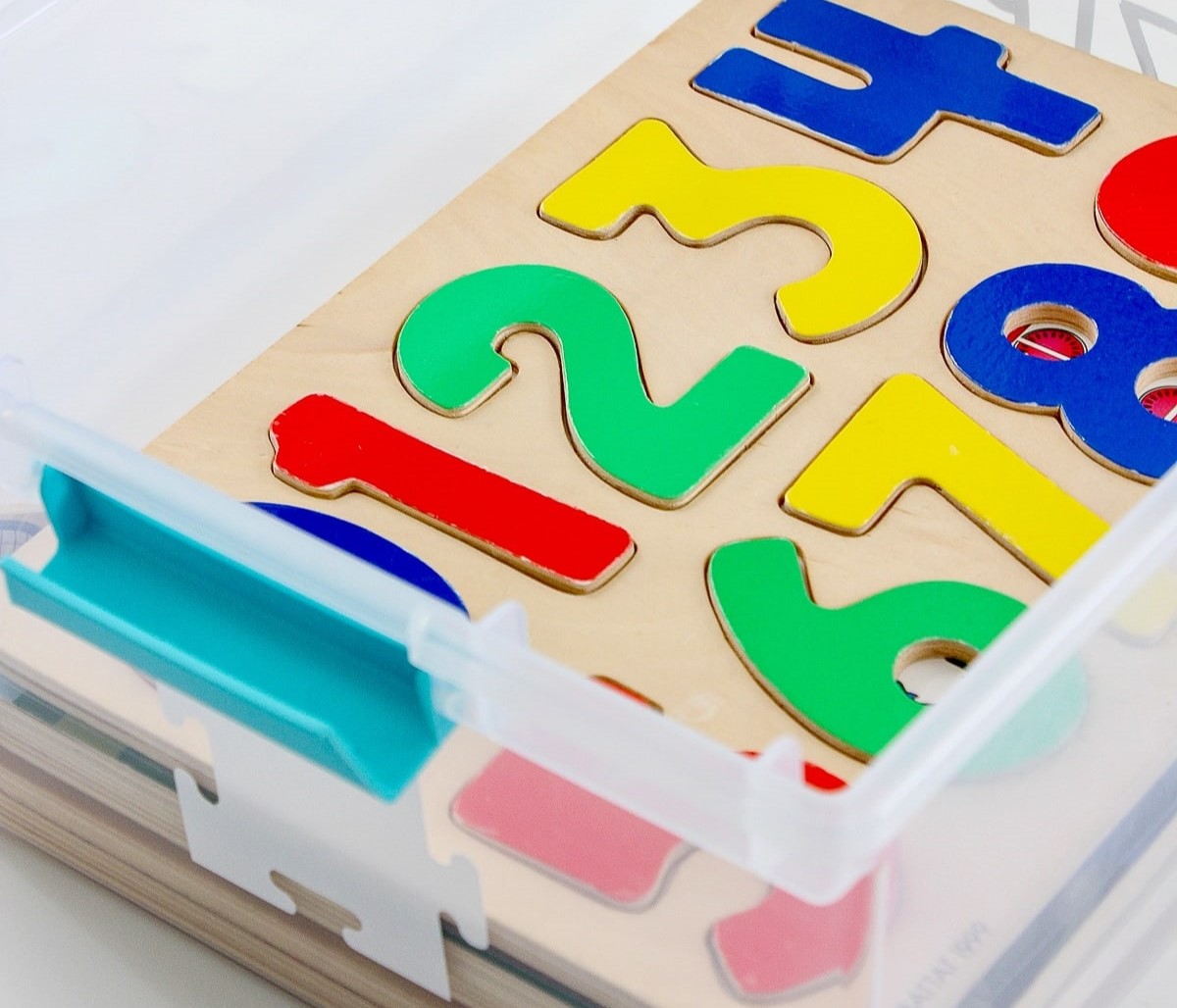
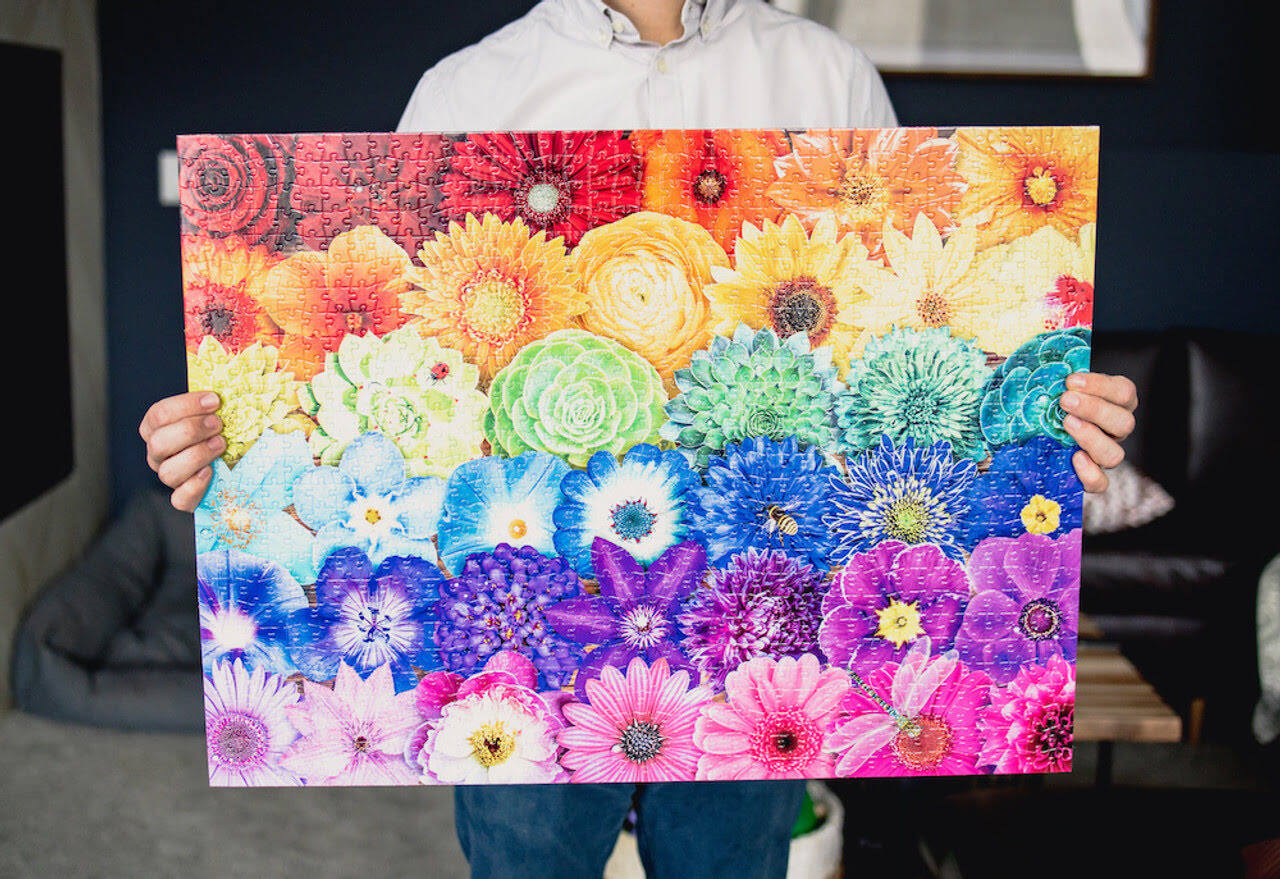
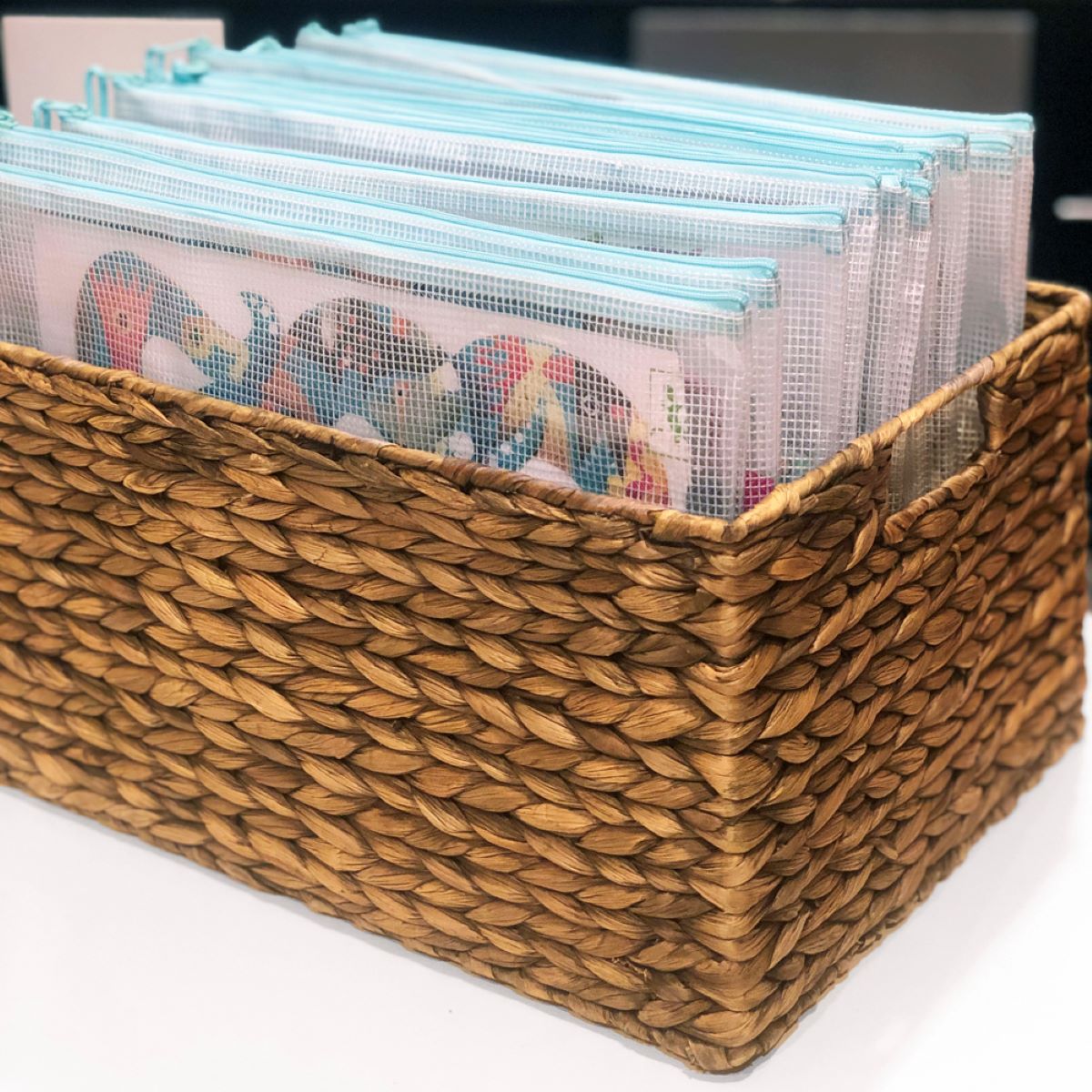
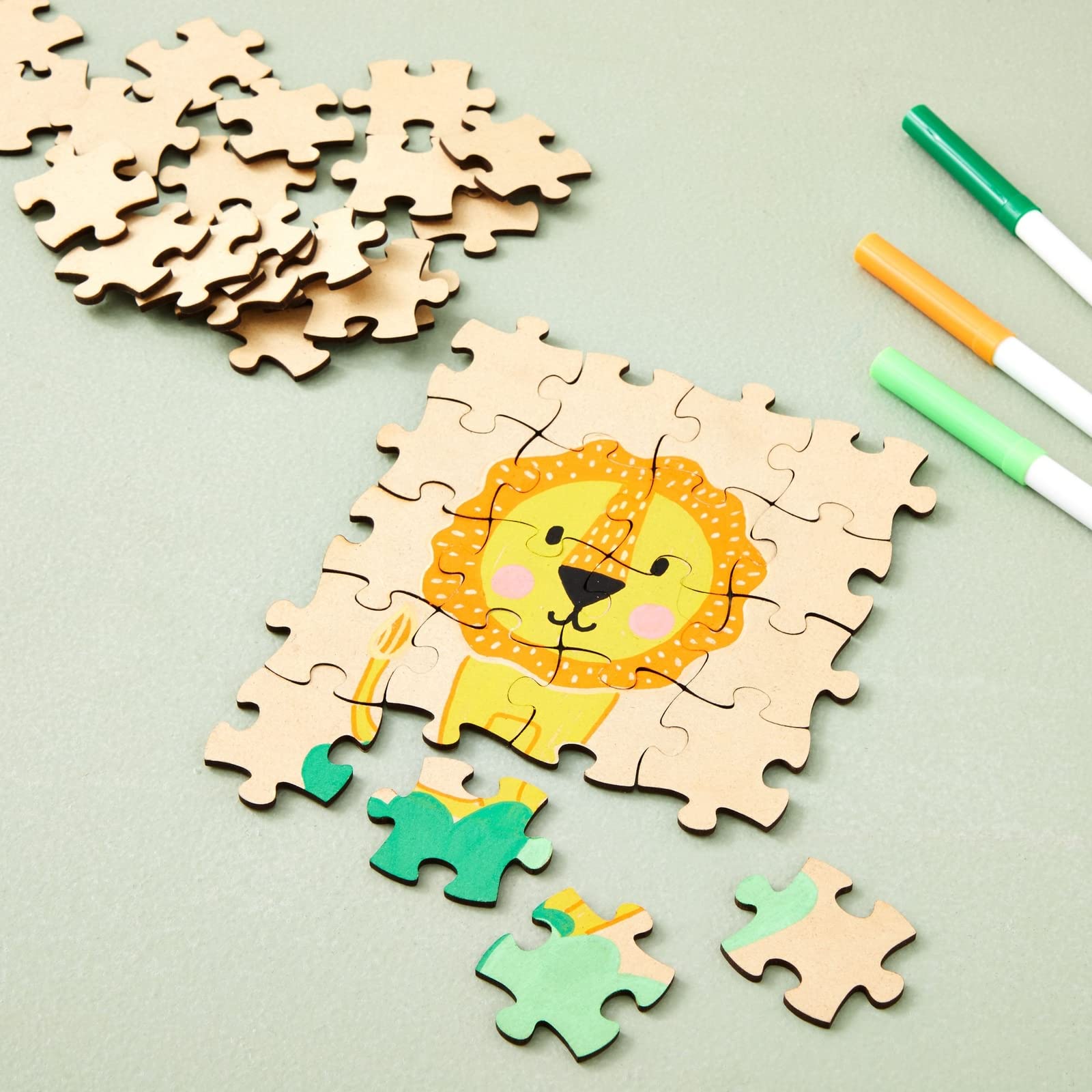
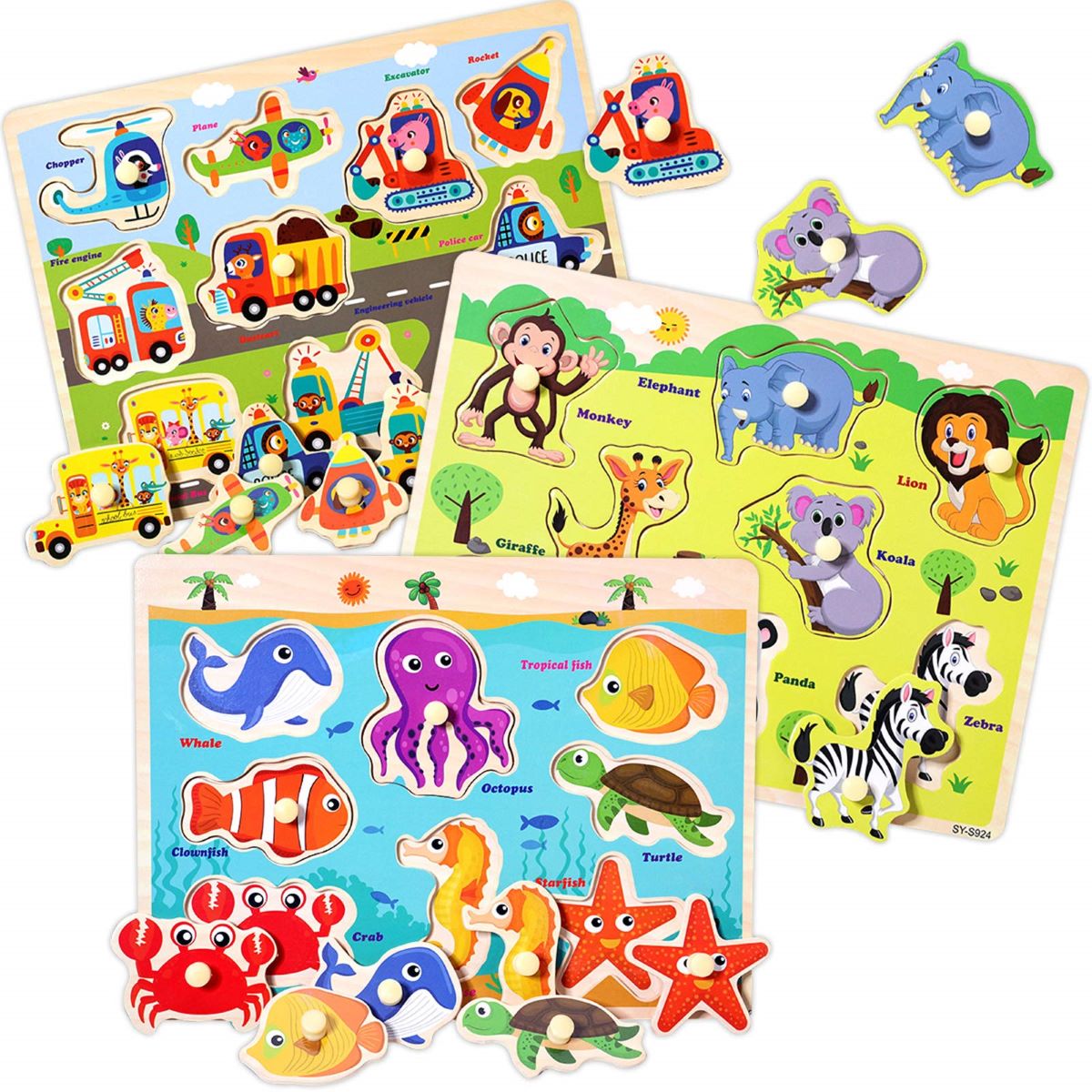
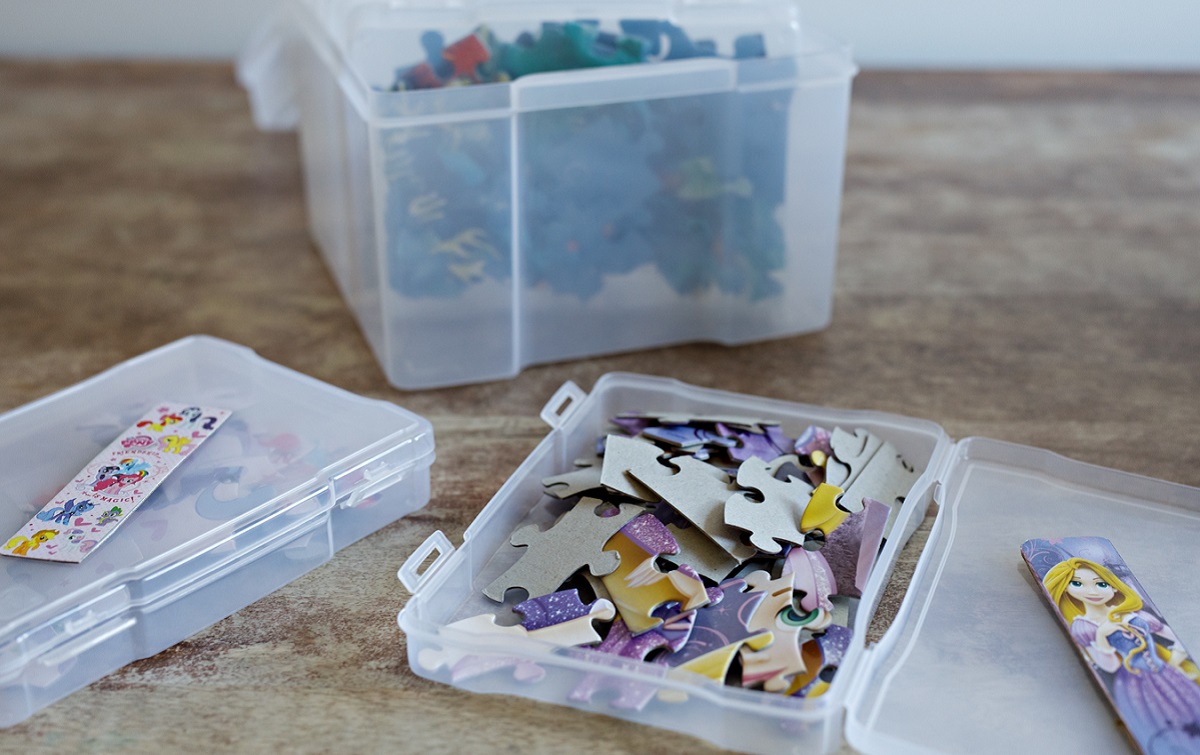
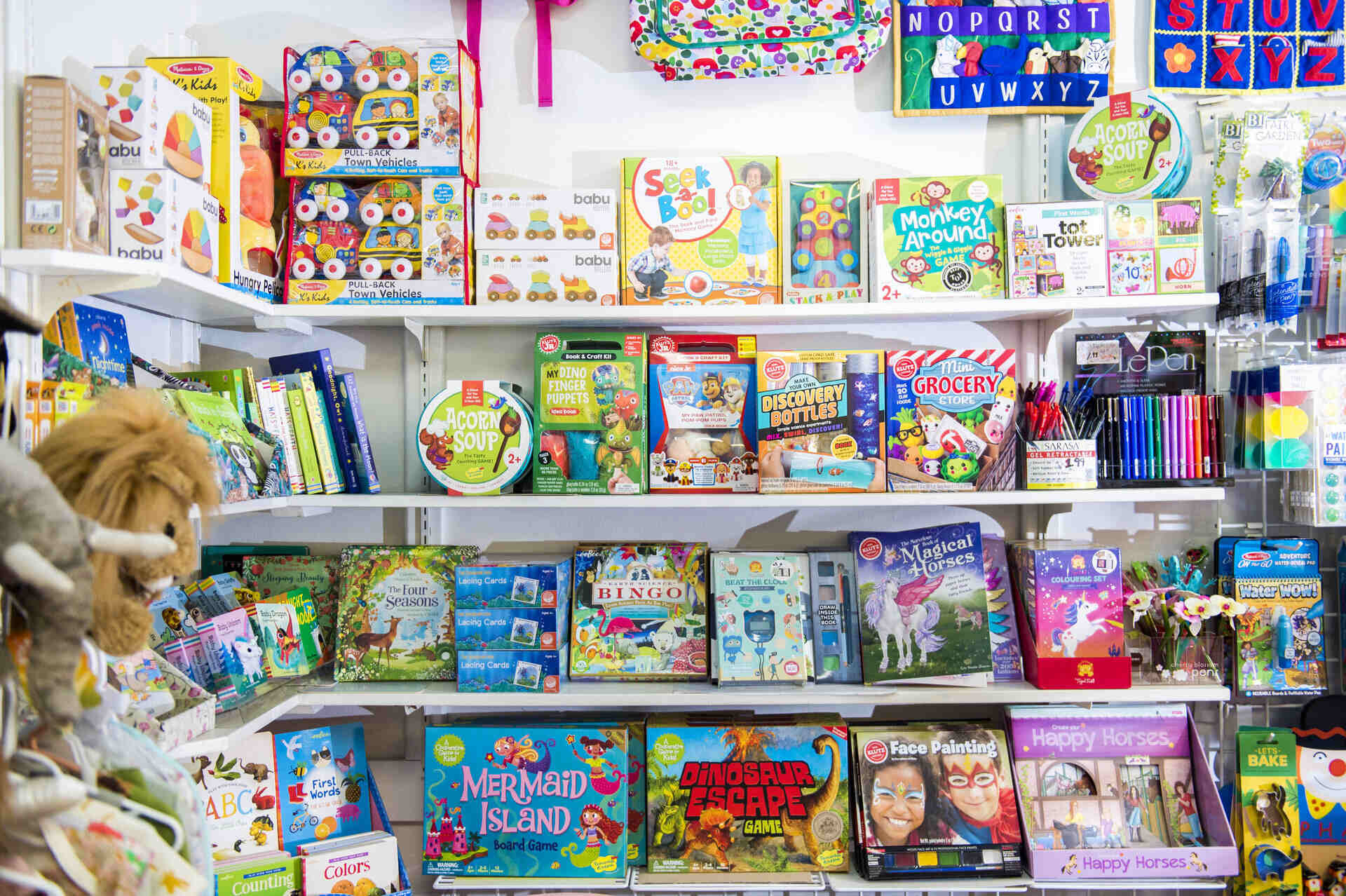
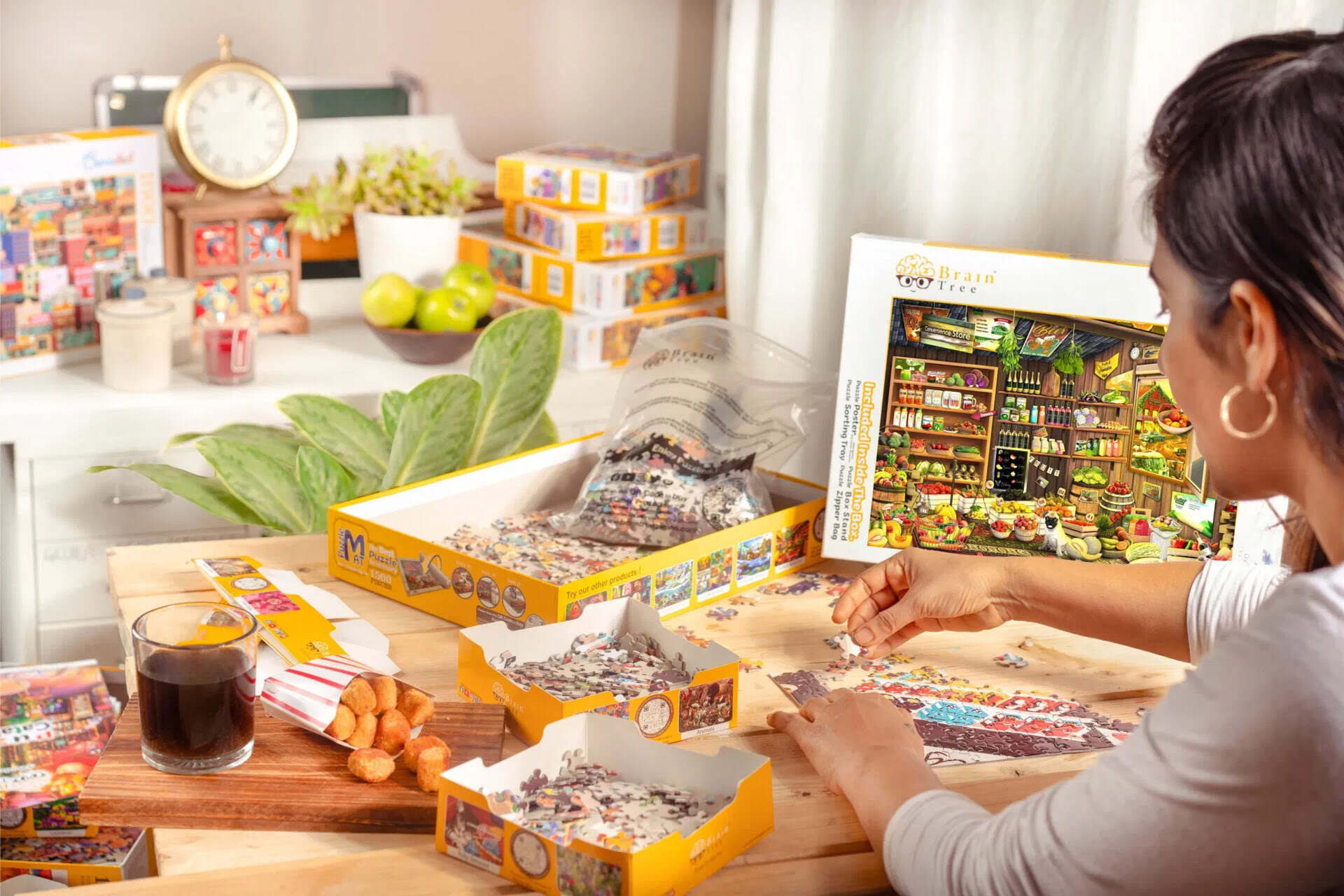
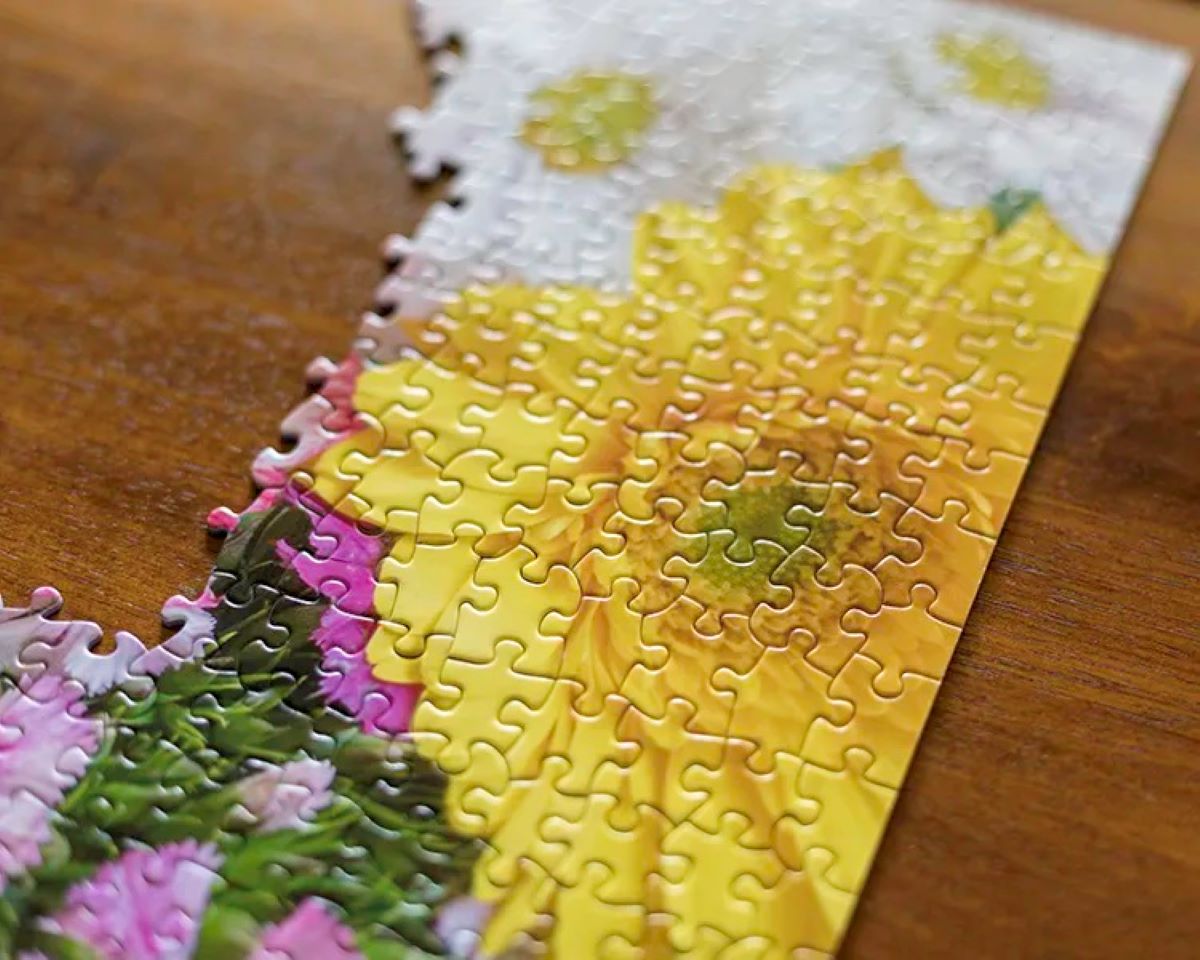
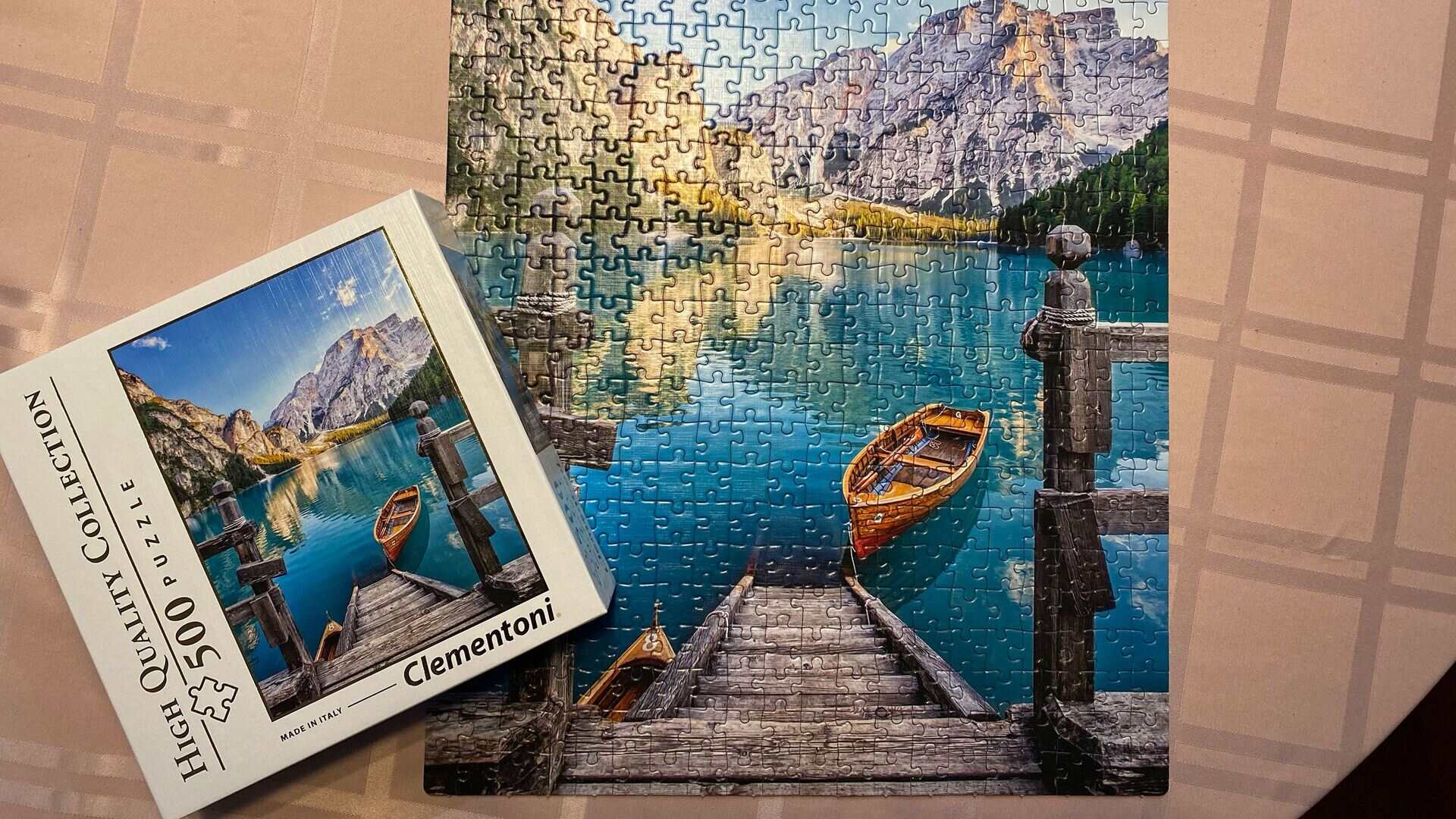
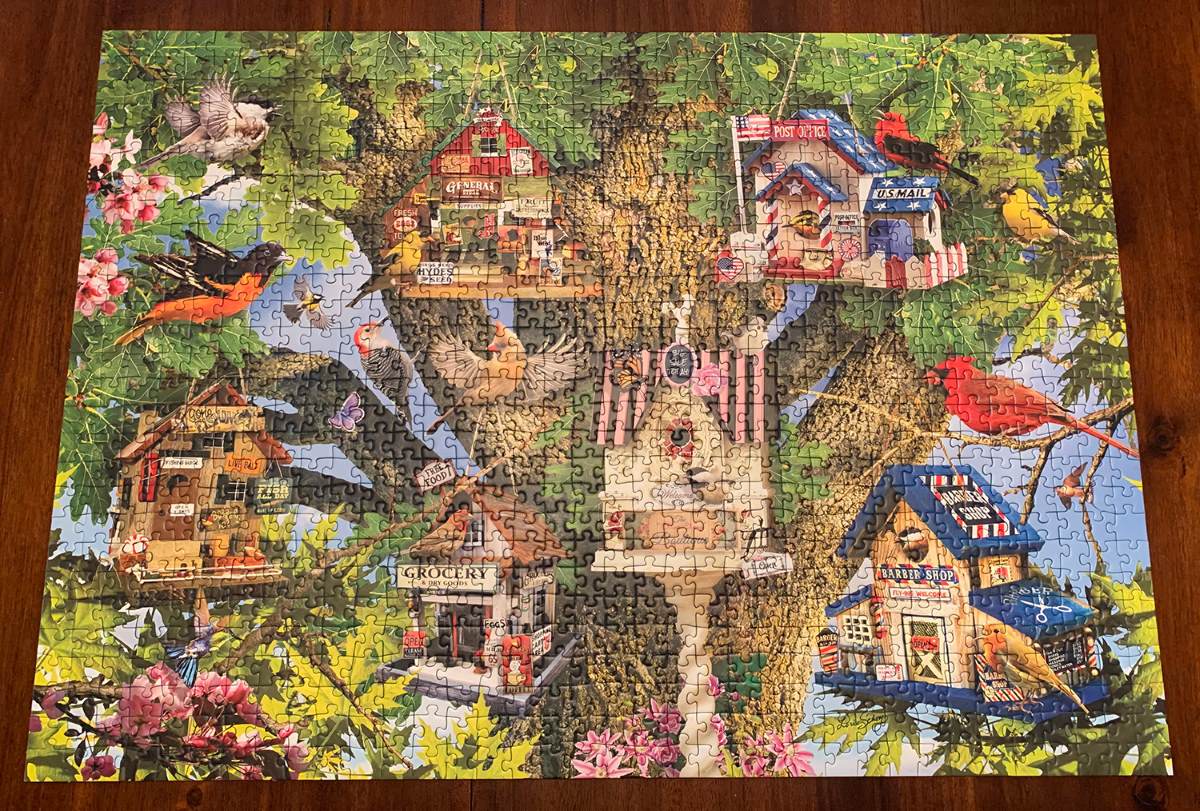
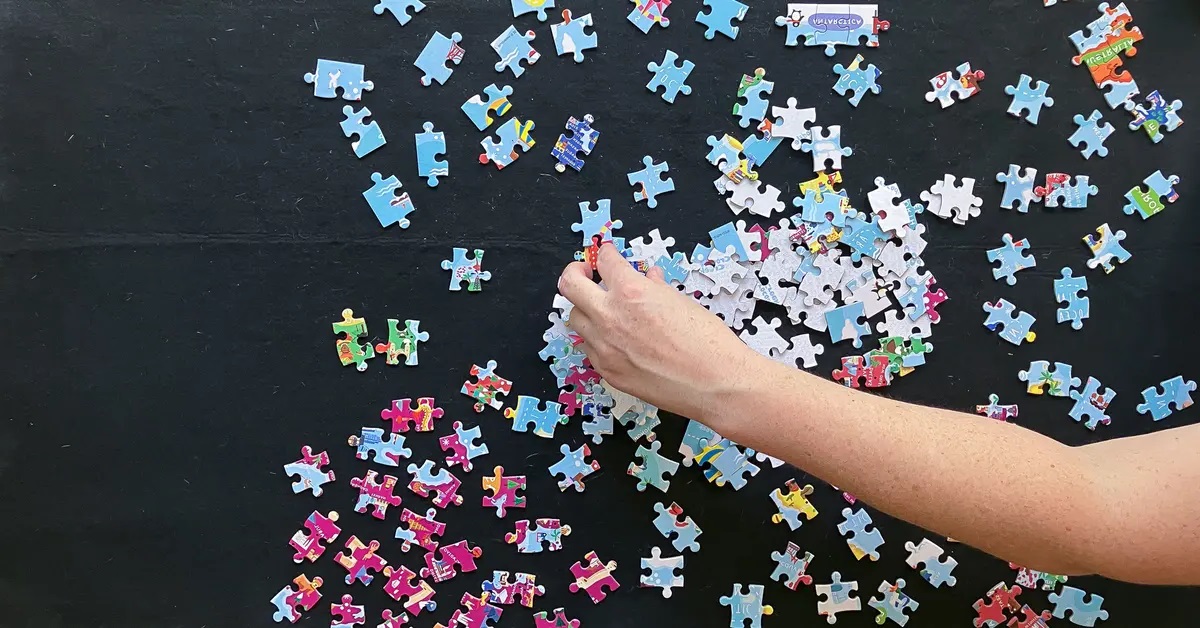


0 thoughts on “How To Store Puzzle”